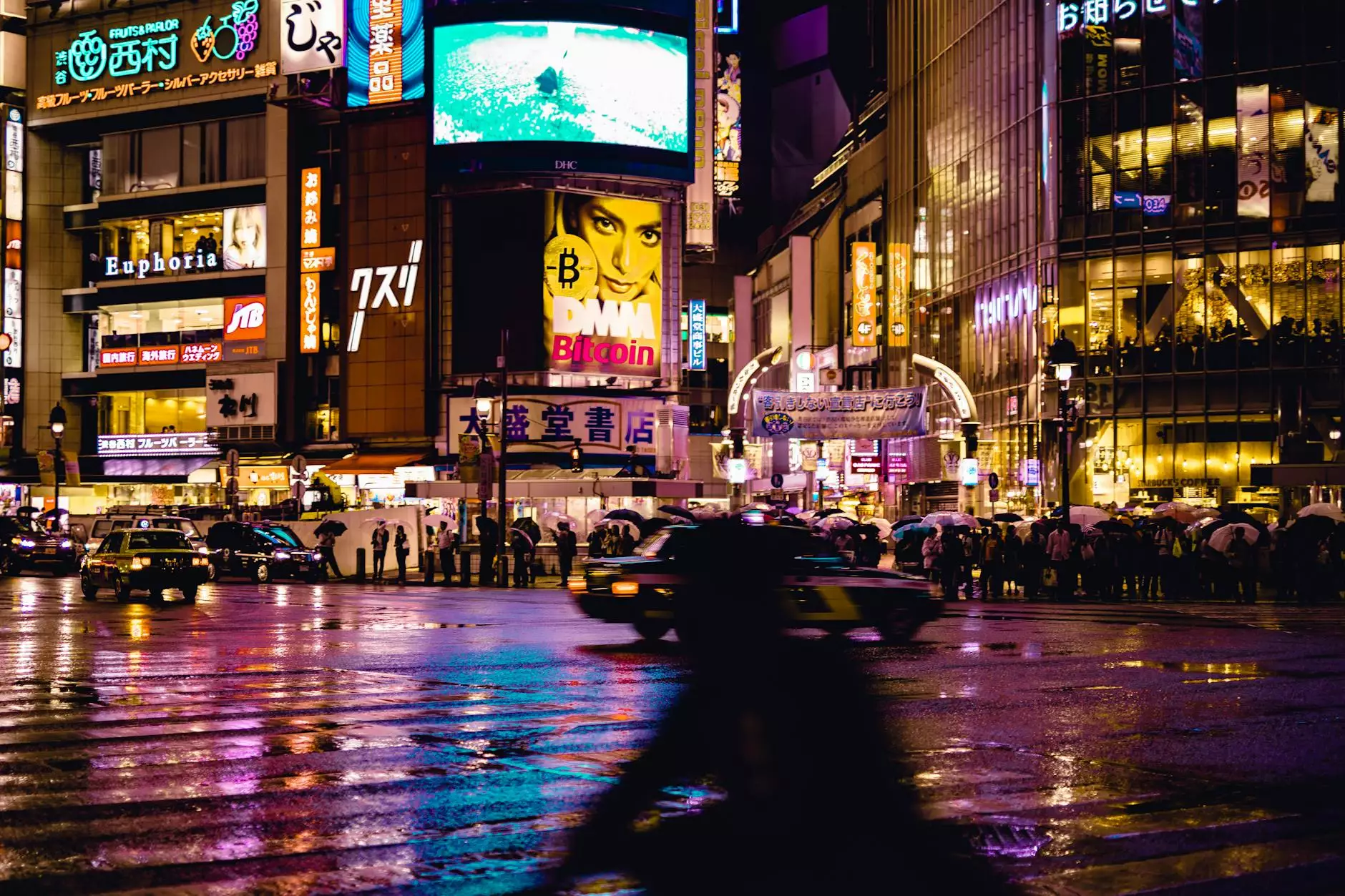Exploring Light Installation Art: A Unique Blend of Creativity and Innovation

Light installation art is a captivating genre where the interplay of light, space, and creativity coalesce to create stunning visual experiences. This form of art has evolved significantly over the years, merging technology with artistic expression to engage audiences in new and profound ways. In this article, we delve into the world of light installation art, its significance in contemporary art, and how it shapes our perception of the environment around us.
The Evolution of Light Installation Art
The origins of light installation art can be traced back to the early 20th century, when artists began experimenting with light as a medium. From the avant-garde movements to modern technology-driven installations, light has played a crucial role in artistic innovation. Here are some of the key milestones in the evolution of this fascinating art form:
- Early Experiments (1920s-1960s): Artists like Laszlo Moholy-Nagy and Marcel Duchamp explored light and shadow, laying the groundwork for future experiments.
- The Rise of Neon and LED (1970s-1990s): With the advent of neon signs and LED technology, artists such as Dan Flavin and Jenny Holzer utilized these materials to transform spaces.
- Digital Age (2000s-Present): The integration of digital technology has allowed artists to create immersive installations that respond to the viewer’s presence and environment.
Understanding Light Installation Art
At its core, light installation art transforms spaces through the manipulation of light. This genre encompasses a variety of techniques and styles, each bringing a unique perspective to how we interact with light. Here are some fundamental aspects that define light installation art:
1. Interaction and Engagement
Many installations invite viewers to engage physically, making them an integral part of the art experience. For example, installations might change based on movement or sound, encouraging full immersion.
2. Use of Technology
Contemporary artists often employ advanced technology, including projectors, sensors, and interactive software, to create dynamic and evolving artworks.
3. Environmental Influence
Light installation art frequently responds to the surrounding environment. Artists design works that adapt to natural light or architecture, highlighting the interplay between man-made and natural elements.
Prominent Artists in Light Installation Art
A number of artists have made significant contributions to the field of light installation art, pushing creative boundaries and expanding the definition of what constitutes art. Here are some notable figures:
- James Turrell: Renowned for his exploration of light and space, Turrell creates immersive experiences that challenge viewers’ perceptions of reality.
- Olafur Eliasson: Eliasson's works often engage with climate and ecology, using light to create experiences that reflect on human interaction with nature.
- Grimanesa Amorós: Known for her innovative use of light in public art installations, Amorós combines technology with cultural themes, celebrating diversity and connection.
The Impact of Light Installation Art on Society
Light installation art does not merely exist within the confines of museums or galleries; it makes its mark on society by challenging perceptions and fostering community engagement. Here are some key impacts:
1. Cultural Reflection
Light installations often reflect societal issues and cultural narratives, prompting discussions and encouraging audiences to contemplate their realities. They become platforms for dialogue on topics such as sustainability, identity, and technology's role in our lives.
2. Community Engagement
Many installations are created in public spaces, instilling a sense of community pride and participation. They draw people together, offering shared experiences that transcend individual backgrounds.
3. Psychological Influence
The experience of light can evoke various emotional responses, from tranquility to awe. Artists manipulate light to create moods and atmospheres that affect how we feel in a given space, making each interaction unique.
Exploring the Future of Light Installation Art
The future of light installation art is bright, as advancements in technology continually expand creative possibilities. Here are several trends to watch for:
1. Virtual and Augmented Reality
The integration of virtual and augmented reality into light installations will create more immersive and interactive experiences, allowing viewers to step inside the artwork and explore virtual worlds influenced by real-world emotions.
2. Sustainable Practices
With an increasing focus on environmental issues, artists are turning to sustainable materials and energy-efficient lighting solutions to reduce their ecological footprint, championing a greener future for art.
3. Collaborative Projects
Collaborative projects between artists, technologists, and communities will continue to flourish, encouraging diverse perspectives and innovative solutions to artistic creation and installation.
Conclusion: The Transformative Power of Light Installation Art
In summary, light installation art represents a fascinating intersection of creativity, technology, and societal engagement. This genre invites reflection, interaction, and community engagement, making it vital in our understanding of contemporary art. As we move forward, the potential for new methodologies and practices will ensure that light installation art remains a dynamic and influential force in the art world, engaging audiences in ways previously unexplored. Embracing this art form offers a richer understanding of ourselves, our environment, and the world of innovation.
Discover More
For those interested in exploring light installation art further, consider visiting galleries and exhibitions that showcase these transformative experiences. Additionally, check out the works of artists like Grimanesa Amorós on grimanesaamoros.com to gain deeper insights into the world of light and creativity.









